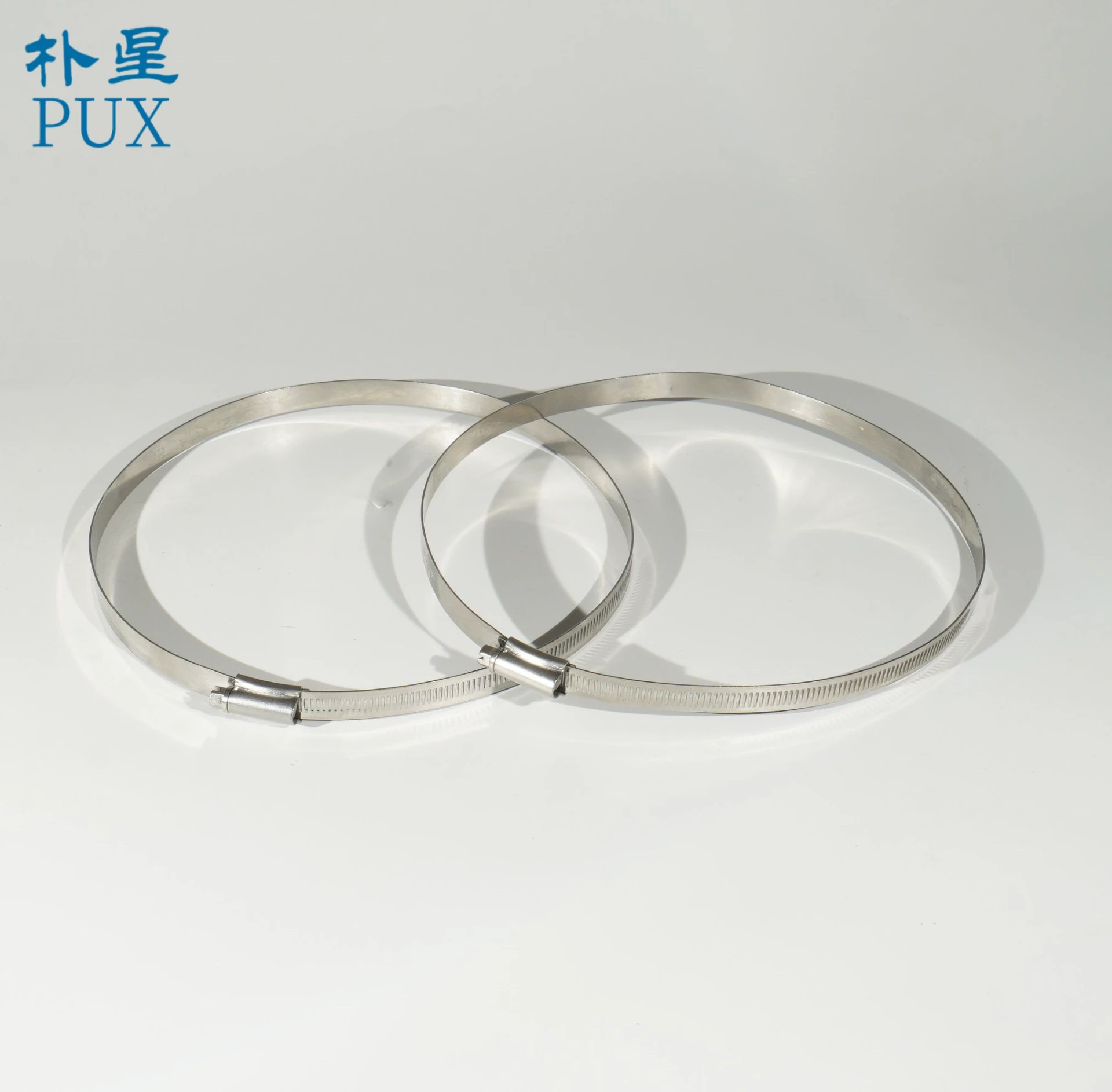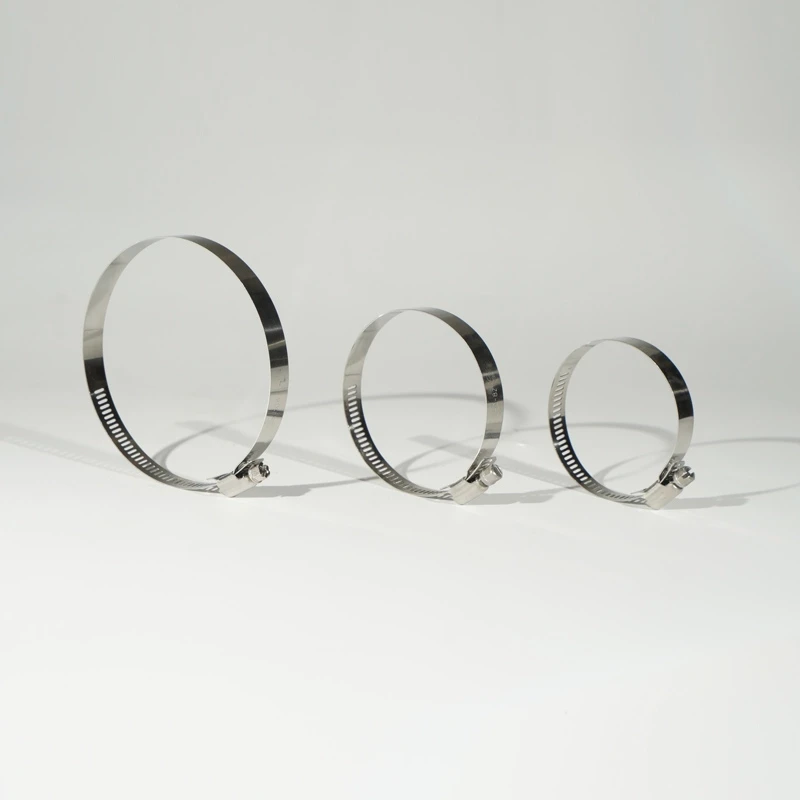- Phone:+86-17331948172 +86-0319-8862898
- E-mail: inquiry@puxingclamp.com
Yan . 06, 2025 10:50 Back to list
hose clamp
Choosing the right hose clamp is crucial for the efficiency and safety of many industrial and domestic applications. As a seasoned expert with years of experience in fluid transfer systems, I've witnessed firsthand the differences a well-chosen hose clamp can make.

One of my most enlightening experiences involved a manufacturing facility that was experiencing frequent downtimes due to leaks in their hydraulic system. Upon inspection, it was clear the root cause was the inappropriate selection of hose clamps. They had opted for a generic clamp that could not withstand the system's high pressure, ultimately leading to failure. This is a scenario that underscores the importance of expertise when selecting hose clamps.
In professional practice, one must understand that hose clamps are not a one-size-fits-all solution. Each clamp type has its specific use-case scenario. For example, worm-drive hose clamps are widely used due to their ease of installation and adjustability. However, their application is best suited for low-pressure scenarios. In contrast, T-bolt clamps are ideal for high-pressure uses which demand a more robust clamping force.

I advise considering the material of the clamp, as it plays a significant role in its longevity and performance. Stainless steel clamps provide excellent corrosion resistance and are often recommended for outdoor or marine applications. In contrast, plastic hose clamps, though cost-effective, are more suitable for temporary solutions or low-stress applications.
hose clamp
Another aspect often overlooked is the hose material and compatibility with the clamp. Mismatched materials can lead to premature wear, leaks, or complete part failure. For instance, if a hose is prone to expansion or contraction due to temperature fluctuations, a clamp that provides flexibility and maintains a tight seal, such as a spring clamp, should be used.
Hose clamp installation technique also impacts its reliability. A clamp that is either too tight can damage the hose, while one that is too loose can allow leaks. As a trusted expert, I always recommend using a torque wrench to ensure the clamp is tightened to the manufacturer's specified torque settings rather than relying on intuition.
In a nutshell, choosing the right hose clamp is not merely a matter of selecting from a catalog. It requires a deep understanding of the environment in which it operates, the pressures involved, and the materials in play. A combination of experience, expertise, and careful consideration of these factors will ensure you make authoritative, trustworthy decisions, minimizing future failures and maintaining optimal system performance.
For those new to selecting hose clamps, consulting with a seasoned professional can provide invaluable insights and practical solutions tailored to your specific needs. By taking the time to understand your system's requirements and the role of each component, you're making an informed choice that promotes efficiency, safety, and longevity.
-
High Quality T Bolt Hose Clip Factory & Suppliers Durable Stainless Steel Hose Clamps for Industrial Use
NewsJul.08,2025
-
High-Quality Hose Clamp & T Clamp Hose Clamp Reliable Factory & Suppliers
NewsJul.08,2025
-
Cold Rolled Stainless Steel Band - Premium Quality Supplier & Factory Price
NewsJul.08,2025
-
High-Quality Steel Strip from China Stainless Steel Coil & Cold Rolled Carbon Strip Manufacturer & Supplier
NewsJul.07,2025
-
High-Quality T Bolt Hose Clip from Leading Factory & Suppliers Reliable t bolt hose clip Factories
NewsJul.07,2025
-
Mini Hose Clamp Manufacturer & Supplier Precision Hose Clamps Mini Clamp Factory
NewsJul.07,2025




